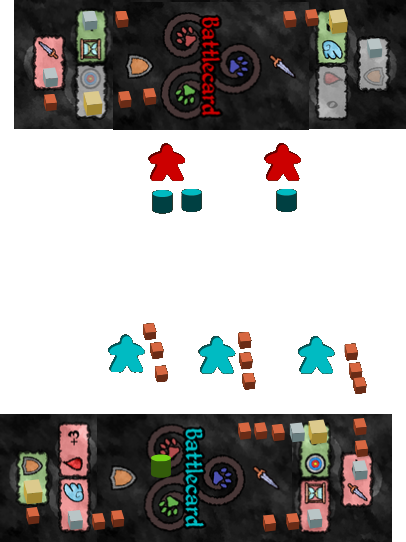Battles
For each Tile where
Knight ![]() of different players are
present, or both
Knight
of different players are
present, or both
Knight ![]() and
Bandit
and
Bandit ![]() are
present, a Battle takes place.
are
present, a Battle takes place.
Foreign
Knight ![]() in Castles do not trigger a Battle.
in Castles do not trigger a Battle.
In Player Turn Order, each player resolves the Battles they are still involved in, in the order of their choice.
For ease of readability, The
Bandit ![]() are now considered as
having a “player”, which is involved in the Battle. They start by selecting
their Attack Battlecard before their Defense one.
are now considered as
having a “player”, which is involved in the Battle. They start by selecting
their Attack Battlecard before their Defense one.
Battlecards have two sides: an offense one and a defense one. Only one side can be used at a time.
Battlecards Drawing and Discarding
Each player has a collection of Battlecards in hand, refered to as the Battle Hand, and a collection of discarded Battlecards (kept face down). If a player needs to place a Battlecard from their Battle Hand when it is empty, they draw all their discarded Battlecards beforehand.
Bandit ![]() Battle Hands and their Battlecards discard are
kept face down.
Battle Hands and their Battlecards discard are
kept face down.
Note that while all other players have the same collection of Battlecards,
Bandit ![]() use a stronger set. Do not underestimate them.
use a stronger set. Do not underestimate them.
Battle
All players select 2 Battlecards from their Battle Hand: one for attack, one for defense. These are kept face down until all players have selected theirs. Place them horizontally next to each other. Whether they are the attack card or the defense card is determined by the outer icon:
Once every player has selected their cards, reveal them. Use a blank card to hide the part of the battle card not relevant to their use (e.g. defensive stats for the attack card) and show your color.
Put
Unit Cube ![]() next to attributes on the card to show their
values in this battle (no need to do that for
Wound
next to attributes on the card to show their
values in this battle (no need to do that for
Wound ![]() ). Have
a player not participating in the fight handle the
Bandit
). Have
a player not participating in the fight handle the
Bandit ![]() Unit Cube
Unit Cube ![]() , if possible.
, if possible.
The
Wound ![]() modifier of each player’s defense card is
immediately applied, adding that number of
Wound
modifier of each player’s defense card is
immediately applied, adding that number of
Wound ![]() to each of
their
Knight
to each of
their
Knight ![]() .
.
Players may form Alliances. A player may be in at most one Alliance and
Alliances have a maximum of two players.
Bandit ![]() cannot
be part of any Alliances. Put the other player’s
Player Cube
cannot
be part of any Alliances. Put the other player’s
Player Cube ![]() on your hiding Battlecard to show the Alliance.
on your hiding Battlecard to show the Alliance.
Battle Turns are taking place in ascending order of
Delay ![]() (take the attack cards’ modifier into account). There is at most 1 Battle
Turn per player.
(take the attack cards’ modifier into account). There is at most 1 Battle
Turn per player.
The Attacker distributes the
Knight ![]() they have in this
Battle so they each target at most one
Bandit
they have in this
Battle so they each target at most one
Bandit ![]() or one
Knight
or one
Knight ![]() of the other players. The owners of these
Knight
of the other players. The owners of these
Knight ![]() or
Bandit
or
Bandit ![]() are considered to be the
Defenders. Use
Player Cube
are considered to be the
Defenders. Use
Player Cube ![]() to represent which
Knight
to represent which
Knight ![]() are targetted.
are targetted.
The amount of
Wound ![]() added to a target is computed as
follows:
added to a target is computed as
follows:
- Base
Wound
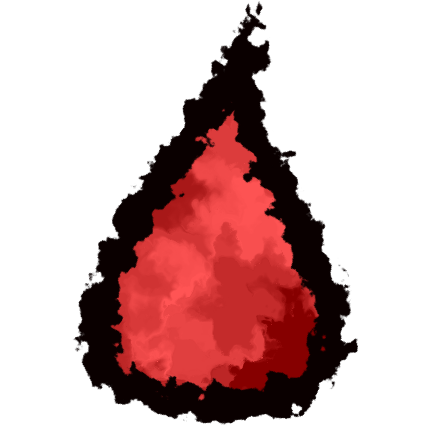 inflicted is the Attacker’s
Damage
inflicted is the Attacker’s
Damage 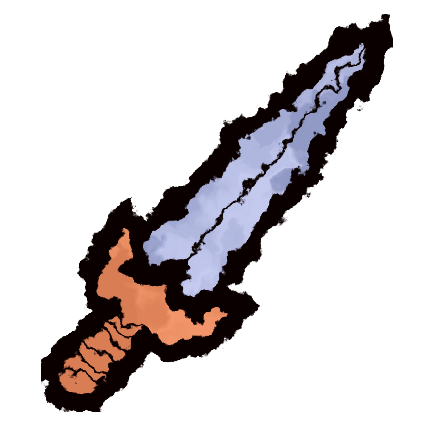 .
. - If the Defender has more
Dodge
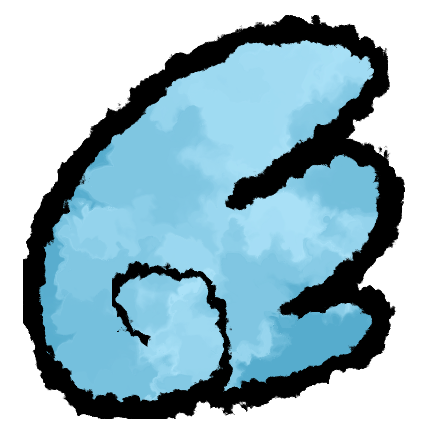 than the Attacker has
Precision
than the Attacker has
Precision 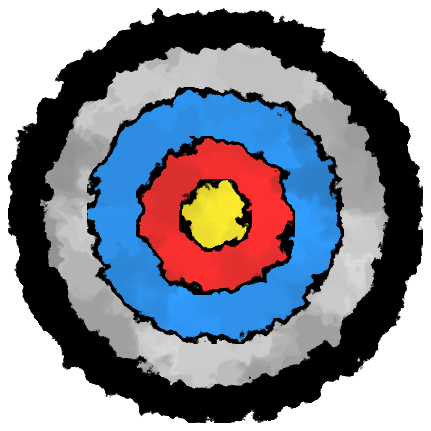 (equality is resolved like a tie), divide that
Wound
(equality is resolved like a tie), divide that
Wound  number by two (rounded up).
number by two (rounded up). - Substract the Defender’s
Defense
 from the
Wound
from the
Wound  number.
number. - Multiply that
Wound
 number by the number of
Knight
number by the number of
Knight 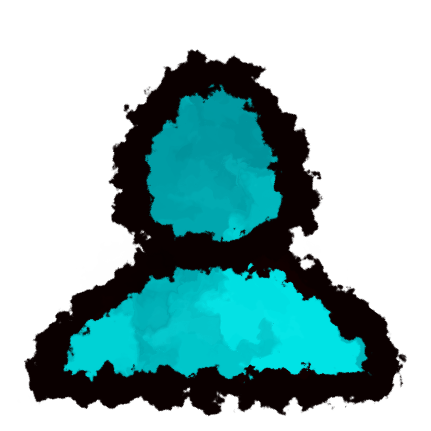 sharing that target.
sharing that target. - If the Defender’s
Delay
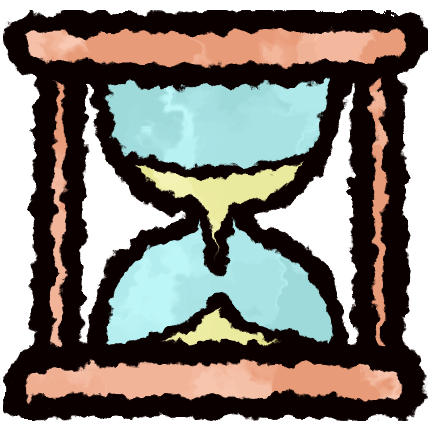 is twice the Attacker’s or
more, multiply that
Wound
is twice the Attacker’s or
more, multiply that
Wound  number by two.
number by two.
Remove the target
Player Cube ![]() before starting the next
Battle Turn.
before starting the next
Battle Turn.
Once all battle turns are over, determine the battle’s victor(s) by adding
up points. Each
Knight ![]() gives their player a number of points
corresponding to how many quarters of
Health
gives their player a number of points
corresponding to how many quarters of
Health ![]() they still
have, rounded down.
they still
have, rounded down.
In effect:
- If it has all of its
Health
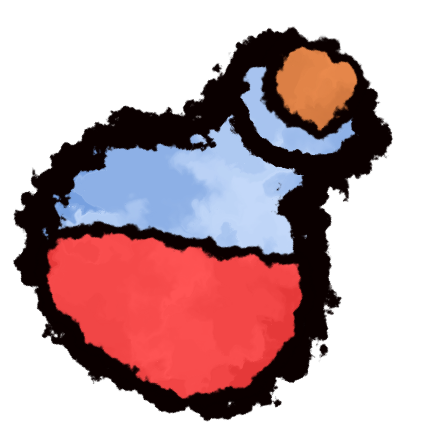 left: 4 point.
left: 4 point. - Else if it has at least 3/4 of its
Health
 left: 3 points.
left: 3 points. - Else if it has at least 2/4 of its
Health
 left: 2 points.
left: 2 points. - Else if it has at least 1/4 of its
Health
 left: 1 point.
left: 1 point. - Else it gives no points.
Allies count their points together as one.
Only the victors’
Knight ![]() remain on the tile, the others are
discarded (they will return to their Castle during cleanup).
remain on the tile, the others are
discarded (they will return to their Castle during cleanup).
End of Battle
- All
Wound
 are discarded.
are discarded. - Players with
Knight
 remaining on the Tile may receive
Resources or Attribute improvements during the rewards
phase.
remaining on the Tile may receive
Resources or Attribute improvements during the rewards
phase.
Bandit Attack Pattern
When attacking, each
Bandit ![]() selects their target with the
following priorities:
selects their target with the
following priorities:
- If a single
Bandit
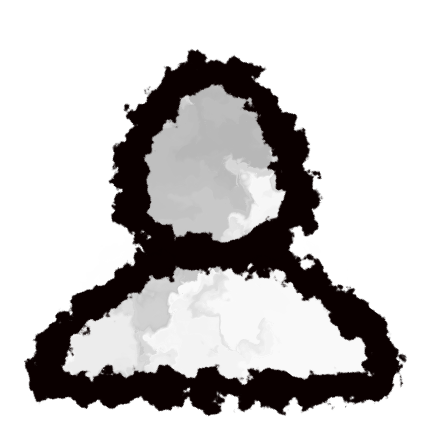 is already attacking a
Knight
is already attacking a
Knight  , target the same
Knight
, target the same
Knight  .
. - Target the
Knight
 with the most
Wound
with the most
Wound  .
. - Target a
Knight
 from the player with the fewest knights
in battle. In case of a tie, pick the one lowest in the tie-breaker.
from the player with the fewest knights
in battle. In case of a tie, pick the one lowest in the tie-breaker.





